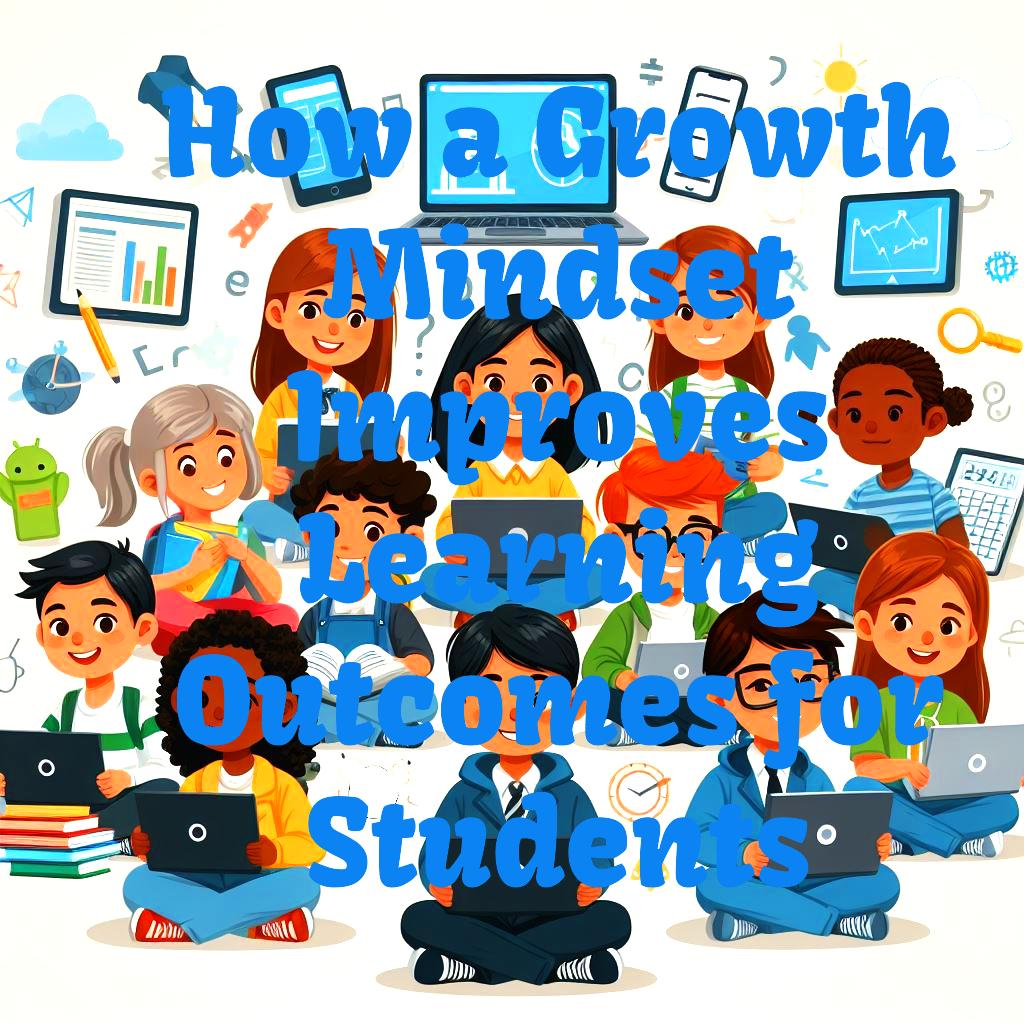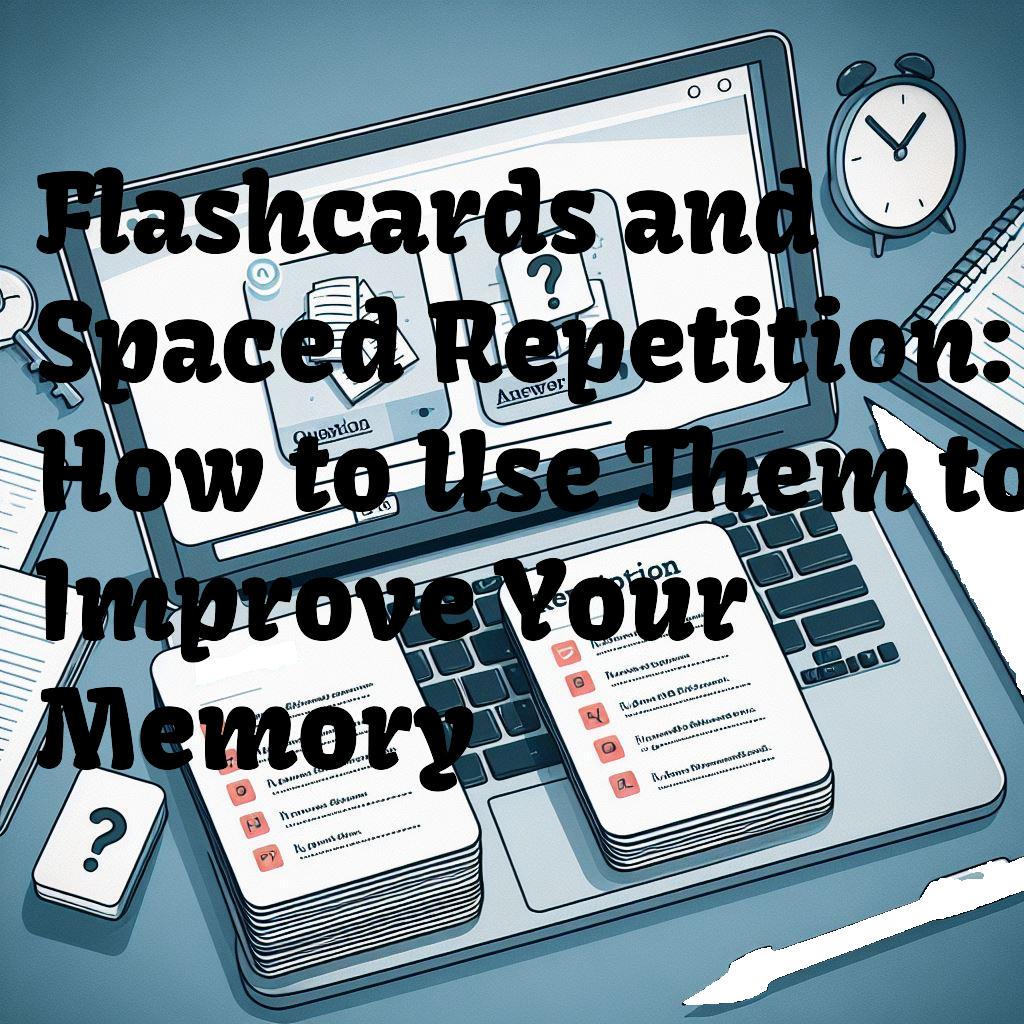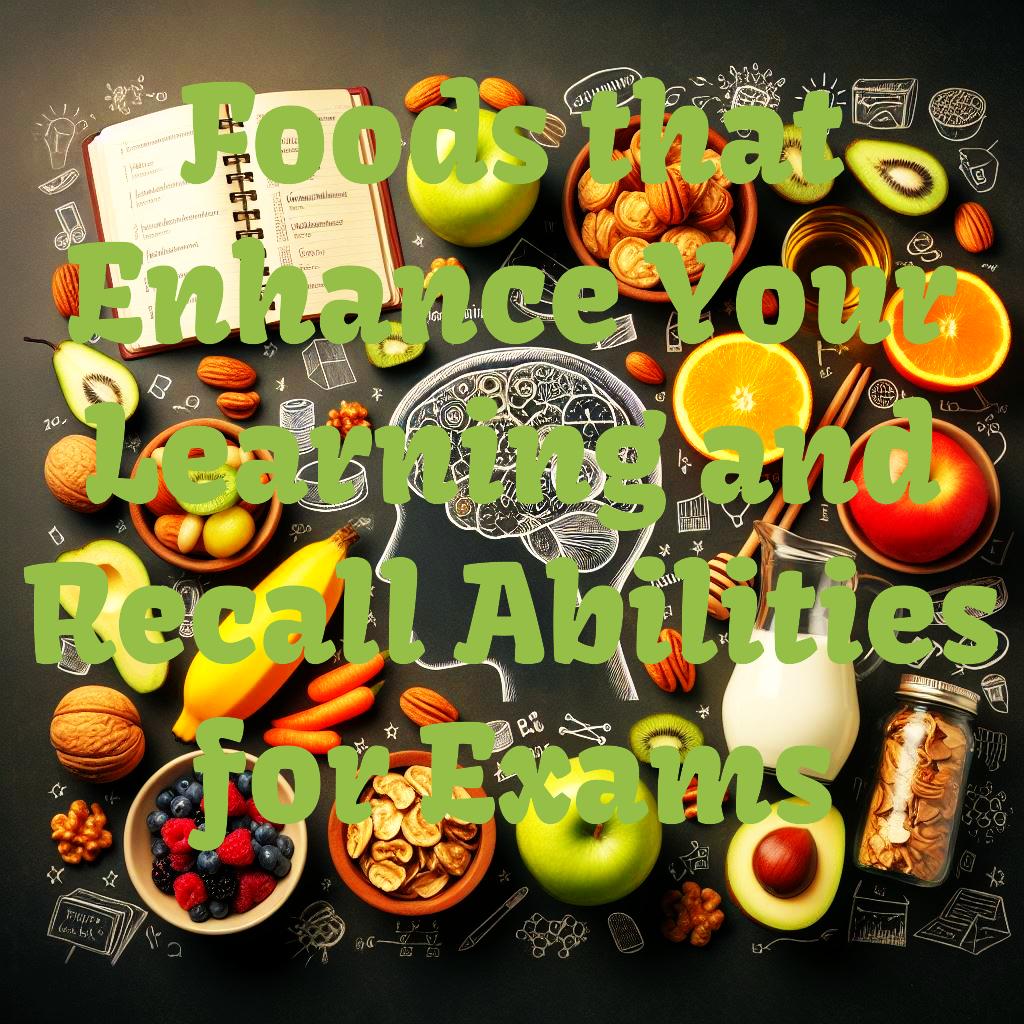Having a growth mindset can improve your life in many ways, both in school and outside of it. Studies have found that you are more motivated to learn when you have a growth mindset, because you are driven by curiosity and interest, not by external rewards or approval. You also enjoy your life more and feel more satisfied, as you view difficulties as opportunities to grow, not as threats to your self-esteem.
Moreover, you cope better with stress and anxiety, as you deal with feedback and setbacks more positively, and do not fear failure as much as those with a fixed mindset. A growth mindset can also help close the achievement gap, as it can lessen the negative effects of stereotypes and low expectations on you if you come from a disadvantaged background.
One of the key factors that affects the relationship between mindset and achievement is goal orientation. You tend to adopt a mastery goal orientation when you have a growth mindset, which means you focus on the process of learning, not on the outcome of performance. This leads you to seek out challenges, persist in the face of difficulties, and use effective strategies to improve your skills.
How to Develop a Growth Mindset in the Classroom

The good news is that a growth mindset is not something that you either have or don’t have. It can be learned and nurtured through various interventions and practices. Here are some ways that teachers and you can foster a growth mindset in the classroom:
– Praise the process, not the person or the outcome. When giving feedback, emphasize the effort, strategy, and progress that you made, rather than your innate ability or the final result. For example, instead of saying “You are so smart” or “You got an A”, say “You worked hard on this assignment” or “You used a good strategy to solve this problem”.
– Highlight the role of effort and strategy, not innate ability or luck. When discussing performance, explain that success is not a matter of being born with a certain talent or having good luck, but a consequence of working hard and using effective methods. For example, instead of saying “You are a natural at math” or “You were lucky to get this question right”, say “You have improved your math skills with practice” or “You applied what you learned to this question”.
– Teach yourself about the brain and how it can grow with practice. Help yourself understand the science behind growth mindset by explaining how the brain is like a muscle that can get stronger with exercise. Show yourself how learning new things creates new connections in the brain, and how making mistakes and correcting them helps the brain learn better. For example, you can use metaphors, analogies, videos, or activities to demonstrate how the brain works and changes.
– Encourage yourself to embrace mistakes and learn from them. Rather than avoiding or hiding mistakes, help yourself see them as valuable opportunities to learn and improve. Teach yourself how to analyze your errors, identify what you need to work on, and find ways to correct them. For example, you can use examples, questions, or feedback to guide yourself through your mistake analysis and correction.
– Model a growth mindset and share your own struggles and successes. As a teacher, you have the power to shape your students’ mindsets by showing them how you tackle learning and challenges. Show them a growth mindset by having high standards for yourself and your students, asking for feedback, experimenting with new things, and applauding effort and progress. For example, you can share with your students a skill that you are acquiring or a goal that you are pursuing, and how you cope with difficulties and accomplishments.



